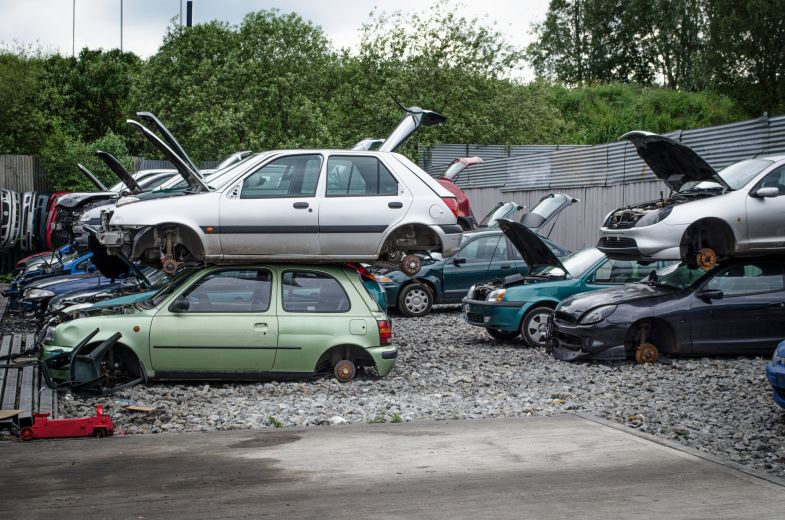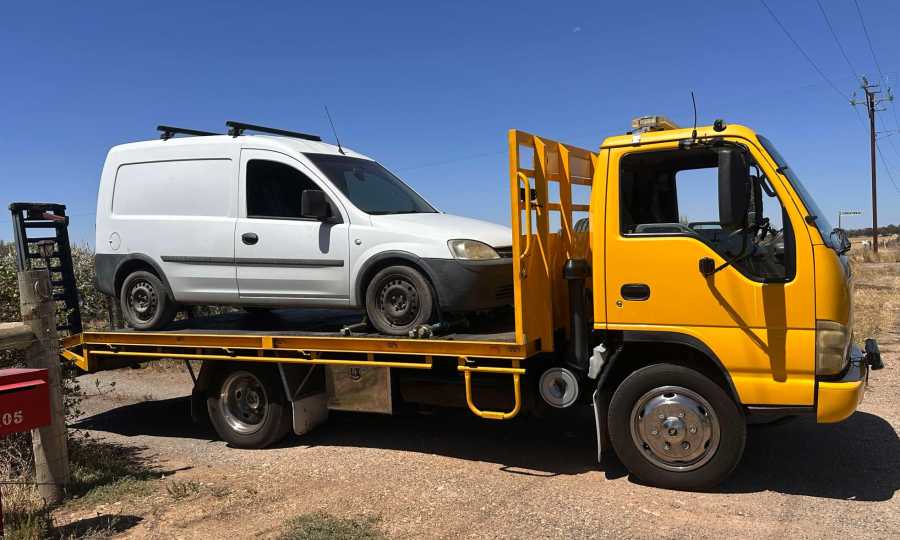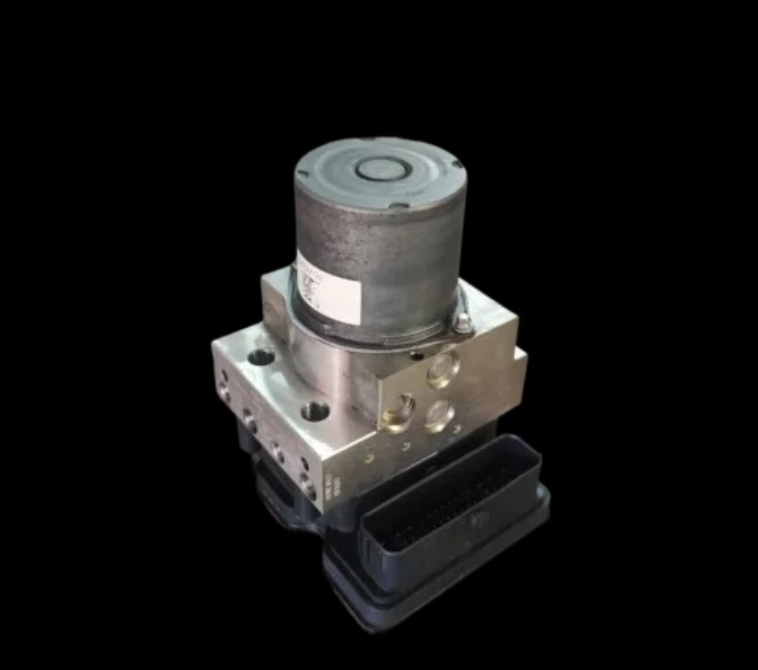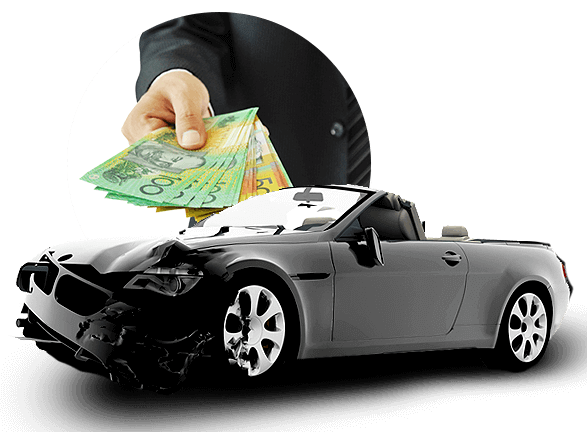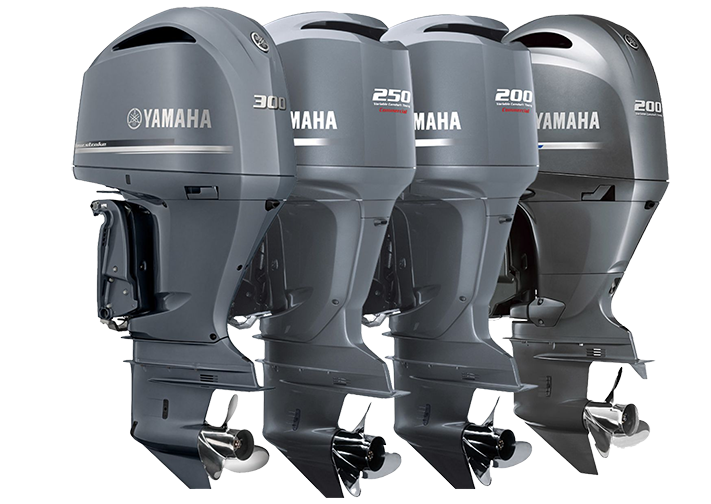Selling a car for cash is a common decision, especially when the vehicle is no longer in good shape or not worth repairing. But what happens next? Many people wonder what becomes of their car once it is collected. Do all the parts go to waste? Is it scrapped right away? Or are there parts that still serve a purpose?
In this blog, we explore what really happens to the different parts of your car after you sell it. We break it down clearly, using facts and real practices followed in Australia today. If you are planning to sell your car, or already have, this guide will help you understand how each part is reused, recycled, or disposed of responsibly.
The First Step: Car Inspection
Once your car is collected, it does not go straight to the crusher. It is usually sent to a yard or a holding facility where trained workers examine it. The first thing they do is inspect it to see what parts are still in good shape. Even in cars that do not run anymore, there are often many parts that still work well.
Some parts are reusable and in demand. Others may be too worn out or damaged to be useful again. This first check helps decide how to handle the rest of the process.
What Happens to the Working Parts?
Many parts from old or damaged cars are taken out and sold to people who need spare parts for repairs. This helps extend the life of other vehicles and saves owners money.
Common Parts That Get Reused:
- Engines and Transmissions: These are among the most valuable parts. Even in old cars, these components can be taken apart, tested, cleaned, and resold.
- Alternators and Starters: These parts often last longer than the car itself. If they pass testing, they are cleaned and made ready for resale.
- Doors, Bumpers, and Panels: Body parts are removed carefully and stored. Buyers who need to fix dents or replace panels on similar models often look for these.
- Mirrors, Headlights, and Taillights: These items are expensive to buy new. If they are not cracked or broken, they are usually kept for resale.
- Seats and Interior Parts: In many cases, these are in good shape even when the outside of the car is damaged. They are sold to owners looking for parts to restore their cars.
These parts are cleaned, sometimes reconditioned, and then listed for sale either in local yards or through auto part sellers.
Find trusted car wreckers here: https://www.webuycarsforcash.com.au/cash-for-cars-belmore/
What Happens to Damaged or Worn Out Parts?
Not every part of a used car can be reused. Some are too old or worn. These go through a different process — recycling.
Parts Usually Recycled:
- Tyres: Tyres are shredded and used in road construction, playgrounds, or sports surfaces. Some are used in fuel blending for industries.
- Batteries: Car batteries contain lead and acid, which are harmful to the environment. In Australia, battery recycling is done under strict rules to recover lead and plastic, which are then used again.
- Fluids: Oils, coolant, brake fluid, and transmission fluid are drained before dismantling. These fluids are handled safely and either recycled or disposed of as required by law.
- Airbags: These cannot be reused once deployed. They are usually removed and treated as hazardous waste.
- Glass: Car windows and windscreens are tough to recycle due to the way they are made. But in some cases, they can be crushed and used in industrial processes.
This recycling process helps reduce waste and supports environmental efforts in the auto industry. According to the Federal Chamber of Automotive Industries (FCAI), over 80% of a car can now be reused or recycled in Australia.
What Happens to the Metal Shell?
Once all the parts and fluids have been removed, the leftover metal shell of the car — often just the frame — is crushed or shredded. This metal is then sent to steel mills or foundries.
Car bodies are made from a mix of materials including steel, aluminium, and copper. These metals are sorted and melted down so they can be used to make new products. This part of the process is important, as it helps reduce the need for new raw materials.
Car recycling supports the circular economy and helps reduce environmental damage. It also saves energy — recycling metal uses far less energy than mining and processing raw metal.
Selling Cars for Scrap: A Look at Local Services
In many suburbs across Australia, there are local buyers who handle unwanted, broken, or old vehicles. Some companies buy these cars even if they do not run, and offer collection from the owner’s location.
For example, in cities like Sydney, there are services that deal with vehicle dismantling and parts recovery. One such service is offered under the name car wreckers sydney, managed by a company that works with all kinds of old and wrecked vehicles. They make use of working parts and ensure damaged ones are recycled properly. For those who want to clear space or need to remove a broken car from their property, this option can be practical. It also helps reduce the number of abandoned or unused vehicles in neighbourhoods.
Legal and Safety Considerations
There are rules about car recycling and wrecking in Australia. Vehicle handling must follow laws that protect the environment and public safety. For example, refrigerants in air conditioning units must be removed by licensed handlers. Also, oil spills and chemical leaks must be avoided at all stages of the process.
Auto recyclers and wreckers often work under guidelines set by state governments and the Environment Protection Authority (EPA). Before choosing to sell your car for parts, it is a good idea to check that the buyer is licensed and follows legal processes.
Final Thoughts
Selling a car for cash does not mean its parts are wasted. Many parts go on to be used in other vehicles, while the rest are safely recycled. This process supports local repair markets, helps the environment, and clears unused cars from roads and yards.
Whether your vehicle is old, broken, or simply not worth keeping, it still holds value through its parts. Engines, panels, and electronic components are often reused, while metals and other materials are sent back into production.
Understanding what happens behind the scenes can help you make informed choices when it comes time to let go of a car. From inspection to dismantling and recycling, every step is carried out with purpose — keeping both practicality and environmental care in mind.


